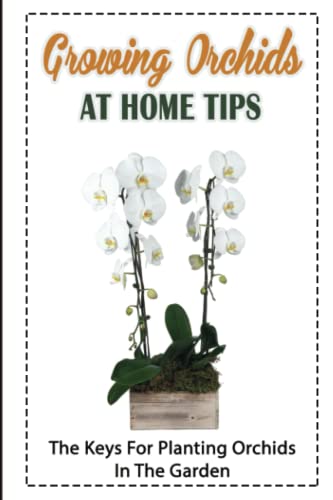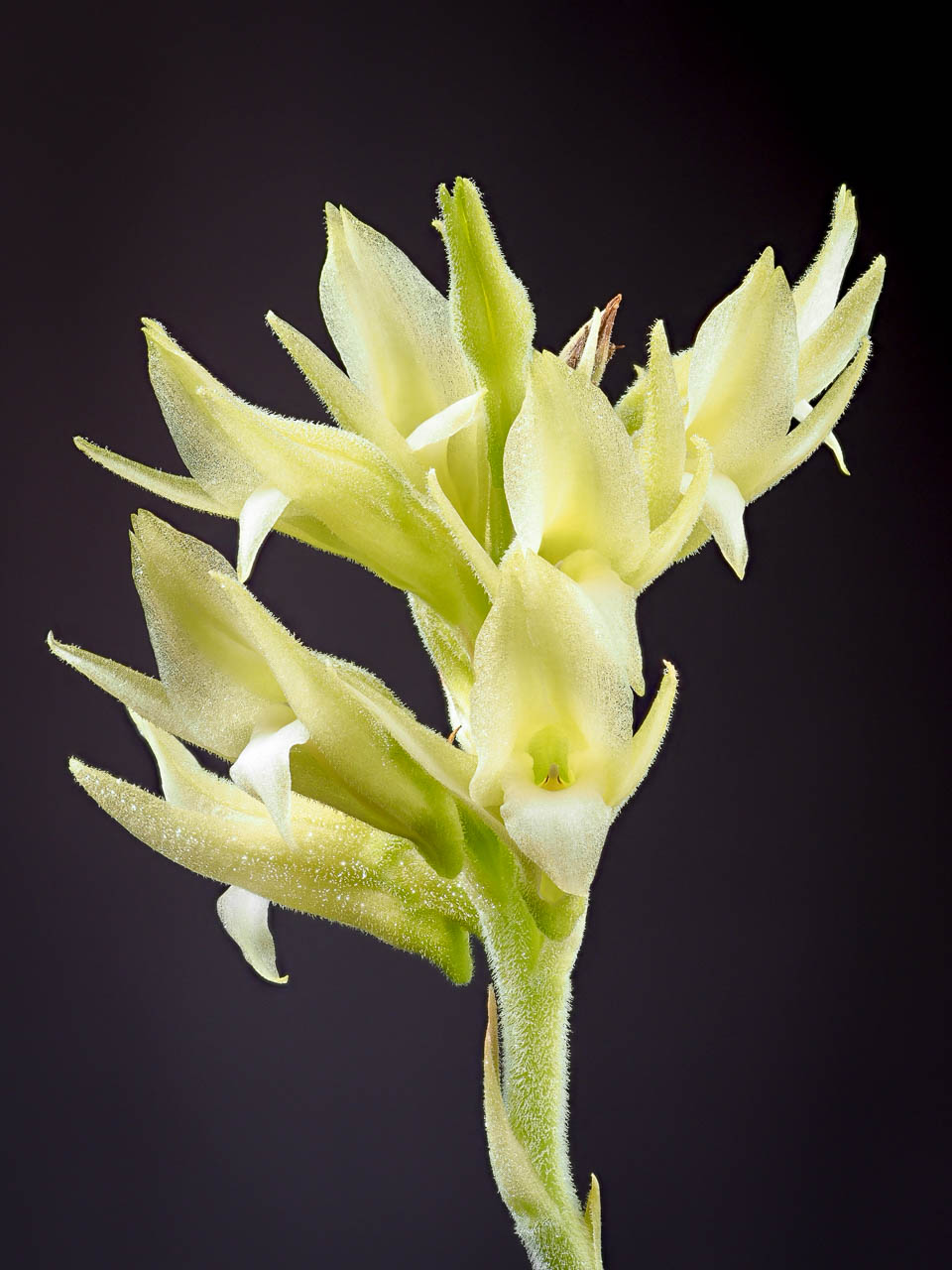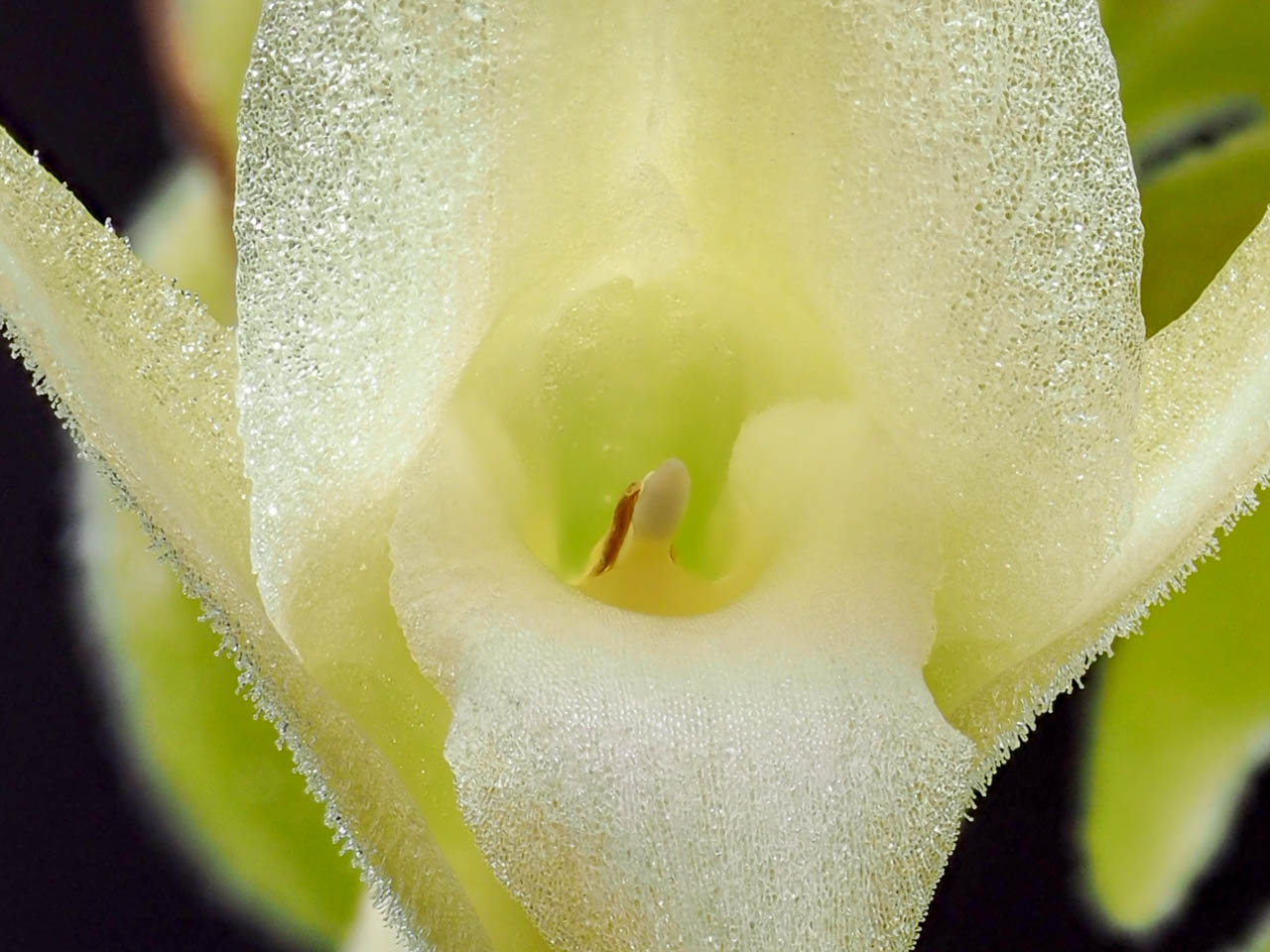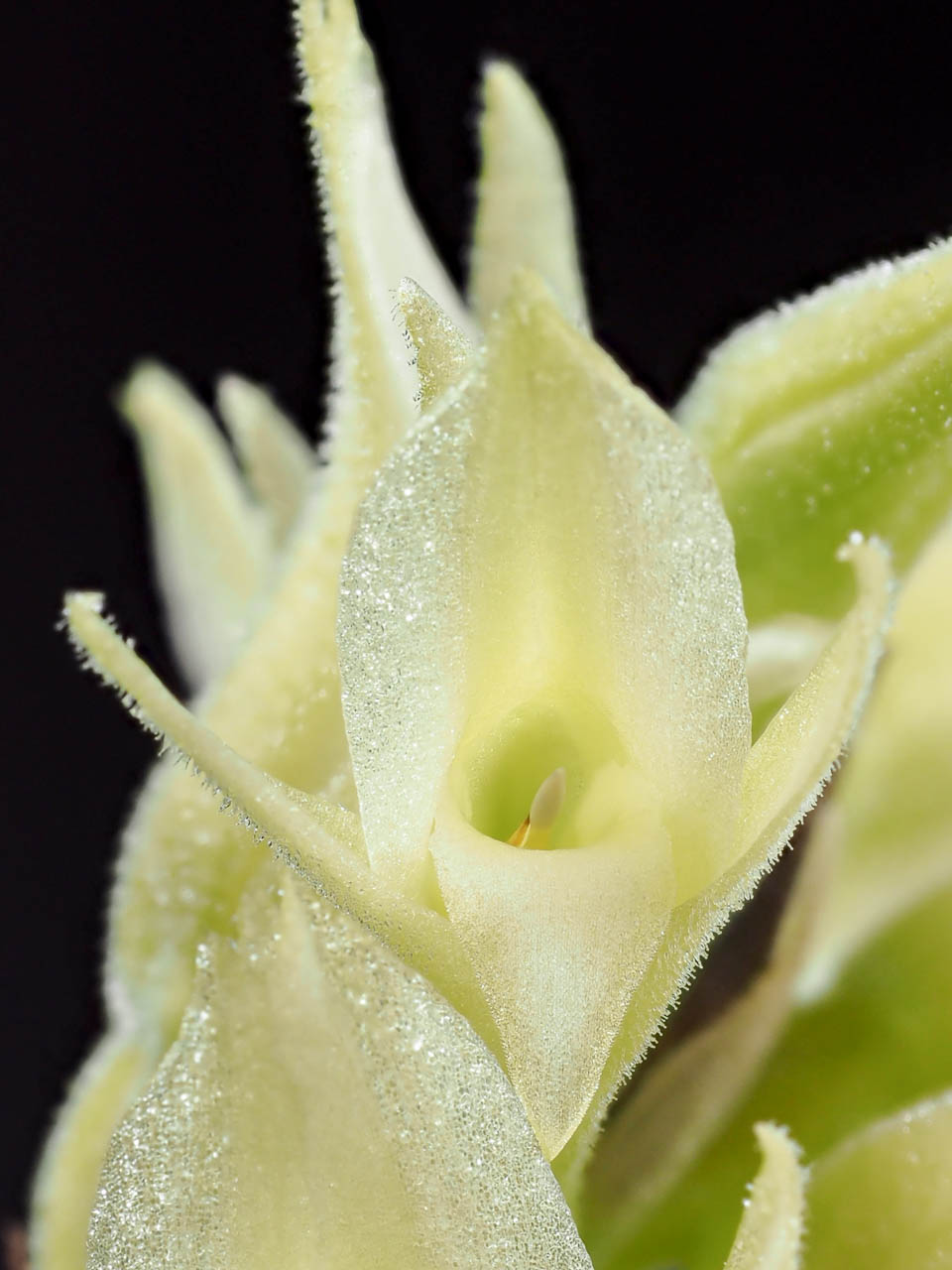naoki
Well-Known Member
This Florida native is a very interesting species for biologists. I still need to learn more about it before I can make a blog post (time is a bit tight). But here is a quick post of photos.
The red elongated flowers are the typical of humming bird pollination syndrome. However, there is a report that the plants from S. Florida are asexually reproducing (i.e., seeds are genetically identical to the parent, and no pollination is required). This is the first bloom for me, so I'm not sure if it will set seeds. Asexually reproducing plants generally have very small flowers, but the transition of the mating system is probably too recent, so they still have still big showy flowers. Indeed, plants from Guyana seems to be outcrossers.
It's a bit technical, and most people don't care, but more specifically, it uses something called Adventive embryony. They go through meiosis and create haploid egg cells (gametophytes in the ovule). But this isn't used, and the baby plant/embryo is derived from the surrounding maternal diploid tissue, which would become the seed coat in normal plants.
Also the life-style seems to be quite different between the different varieties within the species. This variety flowers before the new leaves show up. But I think another variety flowers while the leaves are green.
It is rather a big plant (it is in a gallon pot). But I'm pretty fascinated by its biology (well, my research is about evolution of plant mating systems). The fat finger-like roots are impressive, too. I got this plant last spring from Lee's Botanical Gardens.
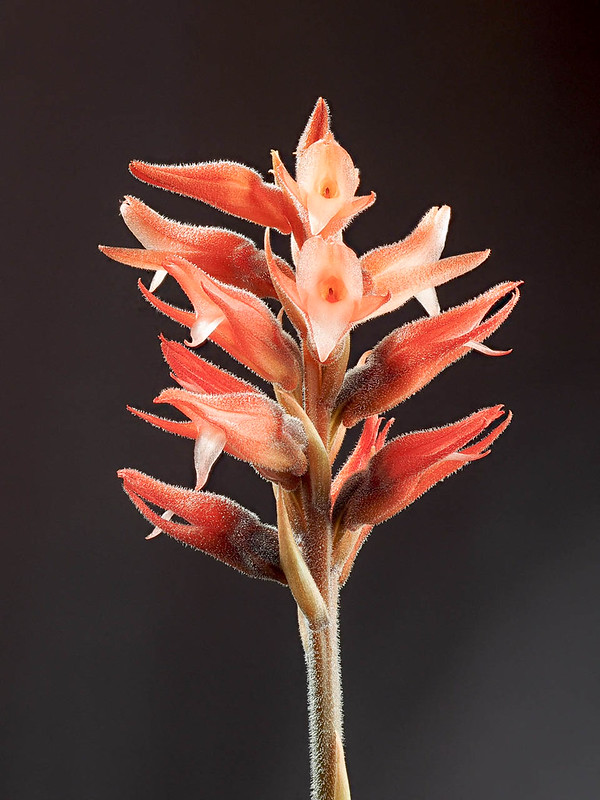
Sacoila lanceolata var. lanceolata on Flickr
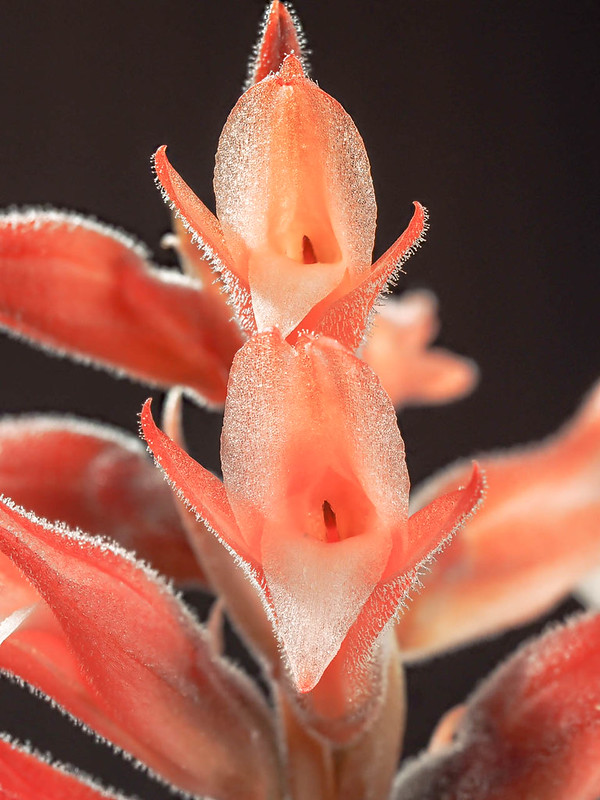
Sacoila lanceolata var. lanceolata on Flickr
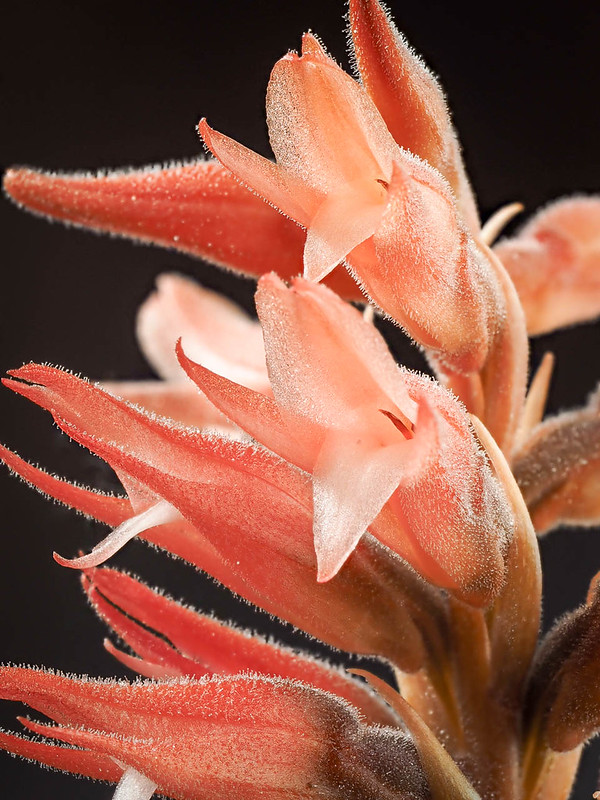
Sacoila lanceolata var. lanceolata on Flickr
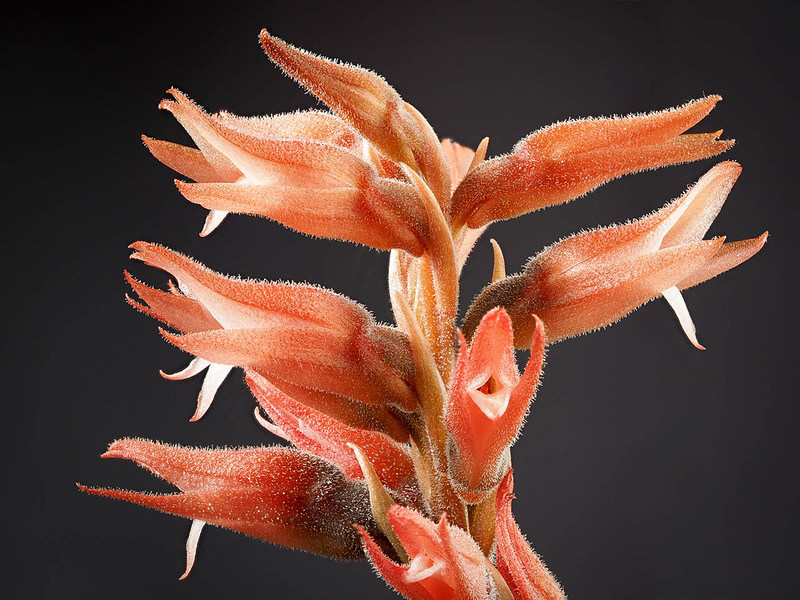
Sacoila lanceolata var. lanceolata on Flickr
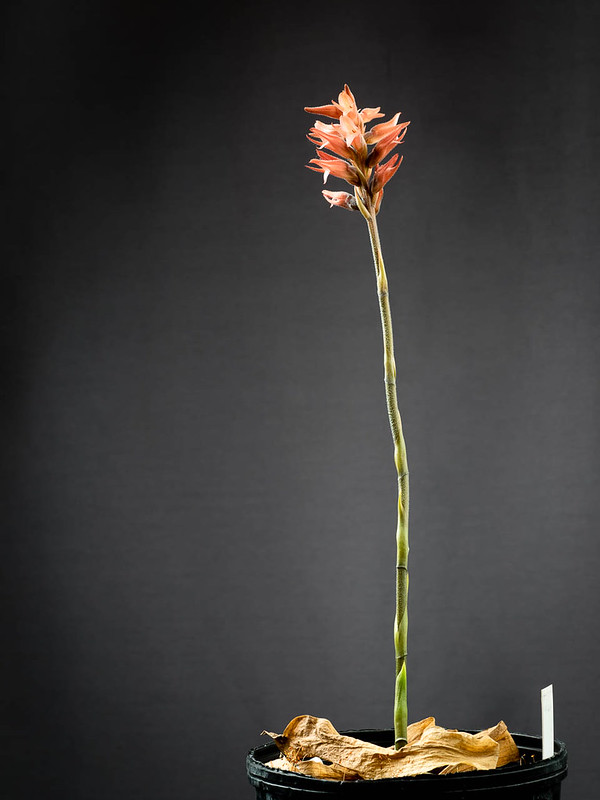
Sacoila lanceolata var. lanceolata on Flickr
The red elongated flowers are the typical of humming bird pollination syndrome. However, there is a report that the plants from S. Florida are asexually reproducing (i.e., seeds are genetically identical to the parent, and no pollination is required). This is the first bloom for me, so I'm not sure if it will set seeds. Asexually reproducing plants generally have very small flowers, but the transition of the mating system is probably too recent, so they still have still big showy flowers. Indeed, plants from Guyana seems to be outcrossers.
It's a bit technical, and most people don't care, but more specifically, it uses something called Adventive embryony. They go through meiosis and create haploid egg cells (gametophytes in the ovule). But this isn't used, and the baby plant/embryo is derived from the surrounding maternal diploid tissue, which would become the seed coat in normal plants.
Also the life-style seems to be quite different between the different varieties within the species. This variety flowers before the new leaves show up. But I think another variety flowers while the leaves are green.
It is rather a big plant (it is in a gallon pot). But I'm pretty fascinated by its biology (well, my research is about evolution of plant mating systems). The fat finger-like roots are impressive, too. I got this plant last spring from Lee's Botanical Gardens.

Sacoila lanceolata var. lanceolata on Flickr

Sacoila lanceolata var. lanceolata on Flickr

Sacoila lanceolata var. lanceolata on Flickr

Sacoila lanceolata var. lanceolata on Flickr

Sacoila lanceolata var. lanceolata on Flickr


















